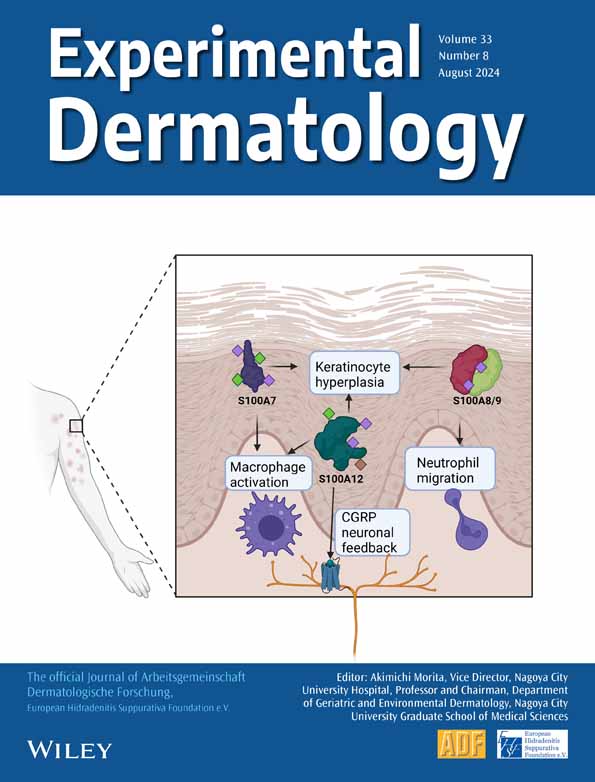Wound area severity index (WASI): A novel tool for assessing and predicting healing times in hidradenitis suppurativa postsurgical wounds
Abstract
Hidradenitis suppurativa (HS) presents challenges in management due to its chronic nature and high risk of recurrence. Post-surgical wound care plays a crucial role in treatment, even if standardized methods for assessing and predicting healing times are lacking. The aim of the study is to introduce the Wound Area Severity Index (WASI) as a novel tool to guide clinicians in assessing postsurgical wound progression and predicting potential healing times. A team of wound healing experts assessed 93 post-surgical HS wounds resulting from wide excision and secondary intention healing. For each wound healing time, wound area, wound bed score (WBS), and WASI were evaluated. WASI includes four parameters: area, temperature, depth and wound Bed, each with four severity levels. The total WASI score ranges from 4 to 16. Spearman correlation and Kruskal–Wallis tests were employed for statistical analysis. WASI strongly correlated with wound healing time (rho: 0.813, p < 0.001). Higher WASI scores were associated with prolonged healing, while lower scores indicated almost healed wounds. The WASI score has proven to be more highly predictive of healing times when compared to the individual parameter of the Area (moderate positive correlation, r: 0.77) and the WBS (negative correlation, r: −0.72). A total WASI score of 4 corresponded to a median healing time of 7 days, while a score exceeding 9 suggested a median healing time of 56 days. WASI has proven to be a valuable tool for assessing and predicting healing times in post-surgical HS wounds. Its simplicity, cost-effectiveness, and ability to integrate multiple parameters make it a promising addition to wound care practice.
CONFLICT OF INTEREST STATEMENT
The authors declare no conflict of interest.
Open Research
DATA AVAILABILITY STATEMENT
The data that support the findings of this study are available from the corresponding author upon reasonable request.




